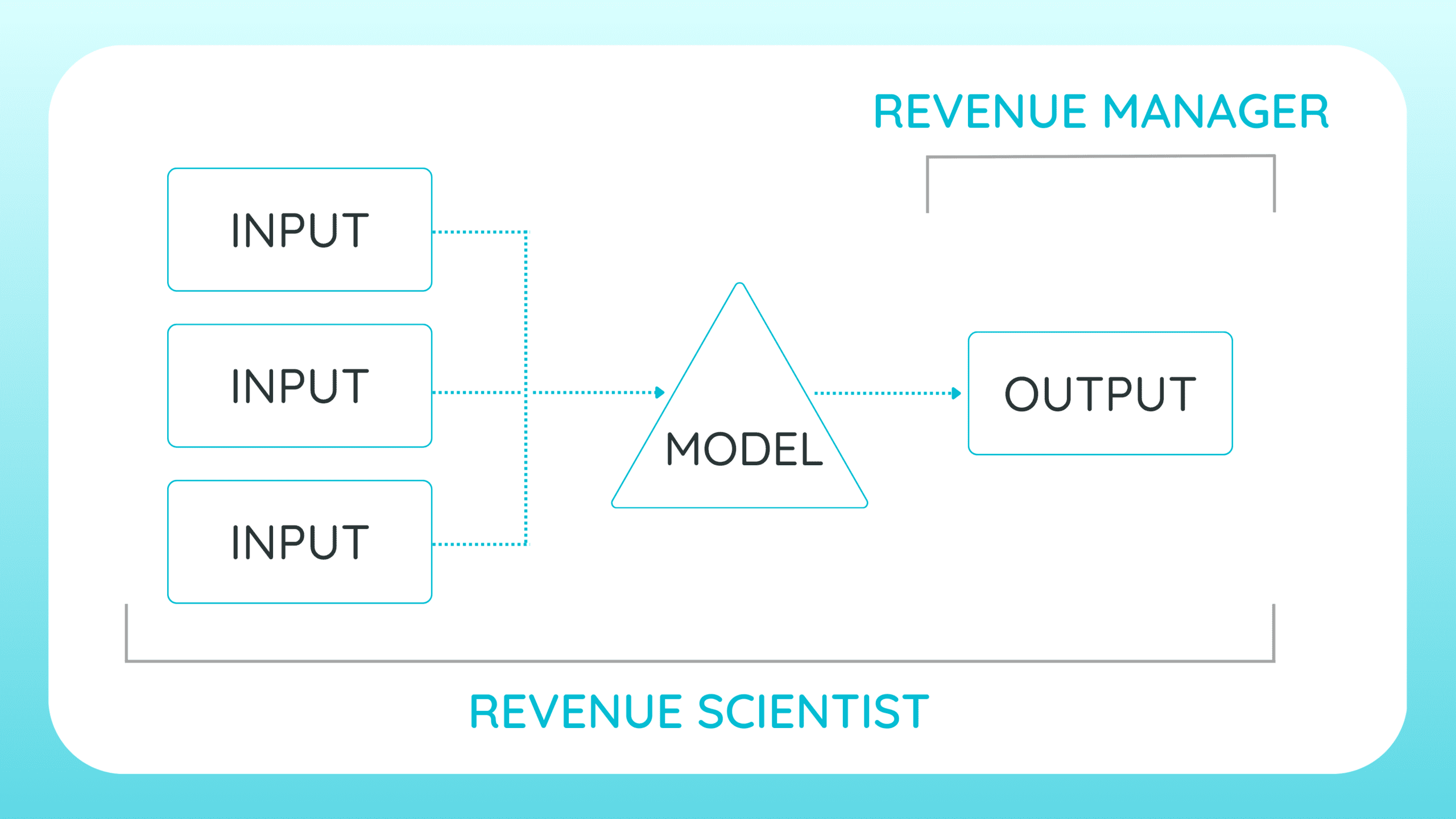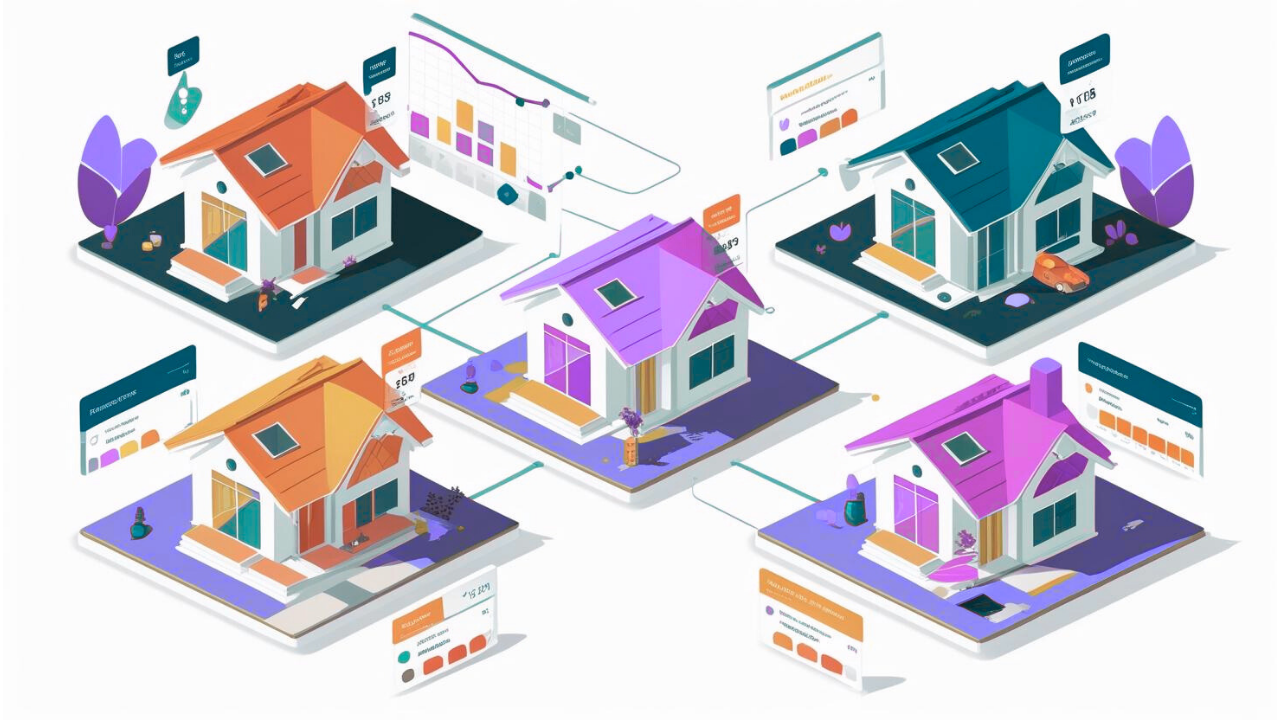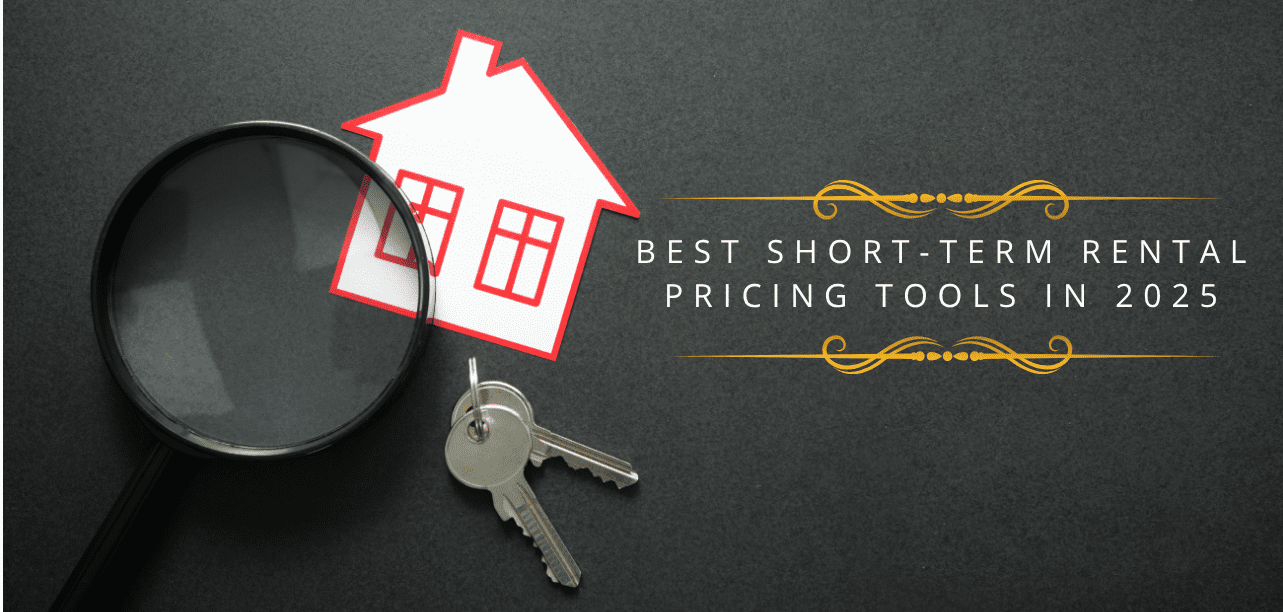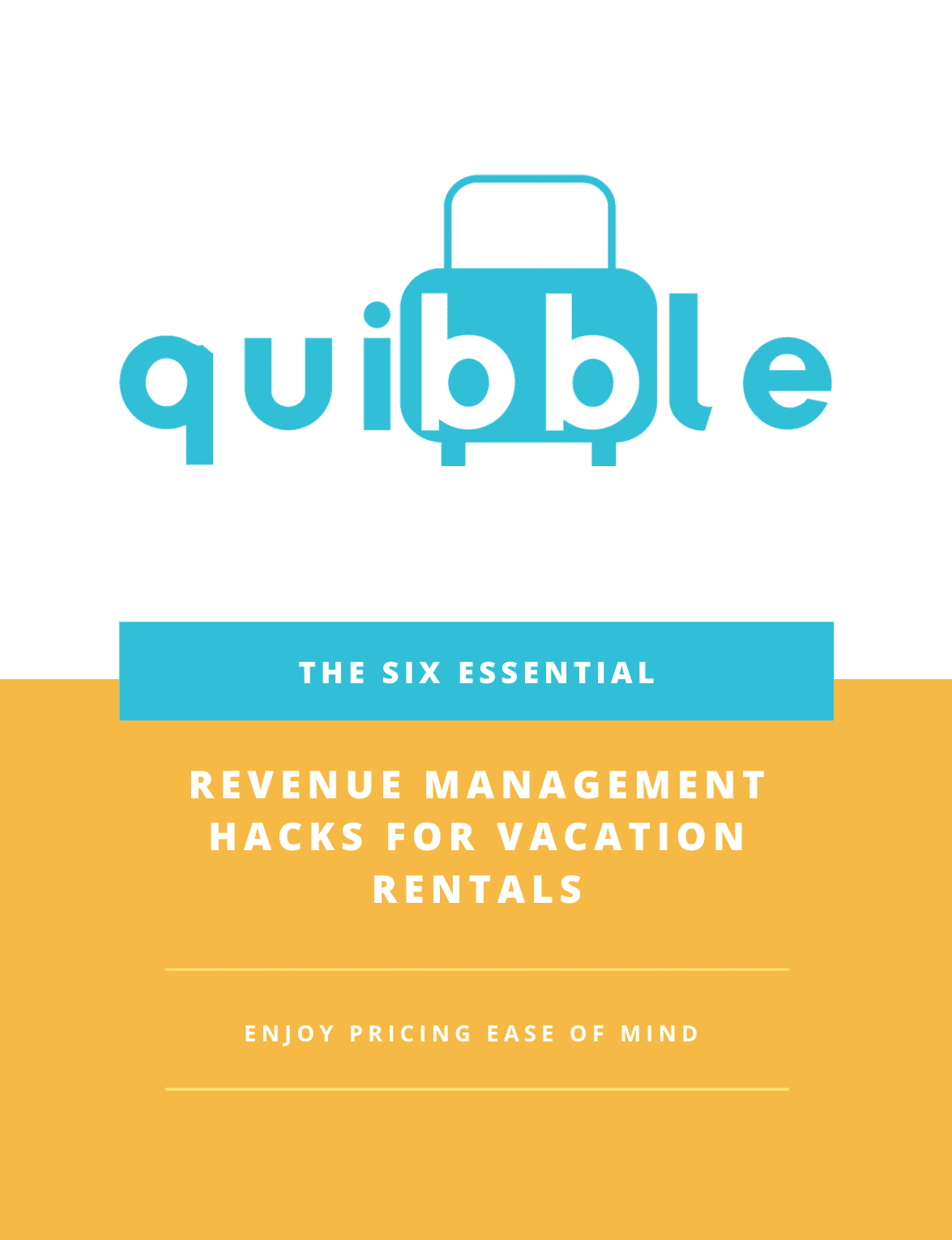What’s on this page:
Revenue Management
If you’re unfamiliar with the discipline, revenue management could sound like a role in the accounting department. It would be as if the position were asking you to manage existing revenue that had already come into the business. However, revenue management is managing the stream of incoming revenue, not existing revenue.
“Revenue management is managing the stream of incoming revenue, not existing revenue.”
By managing, the objective is actually to set the right price and controls that will maximize the earnings of the asset you’re working. The revenue you are managing is the downstream effect of the prices and controls that are being set. In revenue management, the revenue is the output of the prices we set. So revenue, or lack of revenue, is one of the outputs we evaluate to determine if the prices are set correctly.
The Revenue Manager
The revenue manager is the person who provides this function inside the organization. If you’ve ever set prices for your property or set minimum stay requirements, you’ve done some form of revenue management. When you have someone who does this as their primary function or a large part of their function, the role becomes much more specialized.
When I started as an entry-level revenue manager in the airlines, I was largely doing the role of a data analyst. You’re taking in large datasets and trying to structure the data in a way that you can support your pricing decisions. There was also a lot of training in statistics and forecasting.
After you learn how to use the data, you can start to do a lot more work controlling the rates and rules. There is a pretty good reason that Junior analysts are not allowed to start controlling the rates on the first day, and it’s because mistakes are expensive. We used to think the cost of training a new revenue manager was $1,000,000 in the airlines.
The Software
It is possible to do revenue management without software. There was a time not too long ago when property managers didn’t really have much choice. Setting rates was a very manual process. But now there are many options that can automate rate setting.
The earliest pricing tools for property managers are still around and very popular today. These tools automate rate setting by tracking market rates and adjusting a base price up and down. The newest version available to property managers now predicts the consumers’ choices and runs an optimization model.
Whichever model you’re using, the modern-day revenue manager is leveraging software to do their job.
Revenue Manager + Software
At this point, the most effective deployment of revenue management is a person and software. The person cannot accomplish the amount of work the software can do, and the pricing models are not yet strong enough to replace the human. There are also things happening in the real world that a computer model cannot see. Specifically, major events and holidays are not easy for a pricing model to detect without help. The revenue manager can also react preemptively to things they know will change. For example, regulations that come into a market are not taken into account when setting prices but an analyst will know when they are coming.
Changing the Output
As a revenue manager now, the role largely involves evaluating the output of the pricing model. Then deciding if the pricing model came up with the correct price or not. If not, then the revenue manager is responsible for changing the price.
This relationship of changing the pricing output is not unique to pricing software for STRs. In airlines and hotels, revenue managers constantly review pricing output and adjust pricing. This is done with overrides, multipliers, additive functions, etc. It is very time-consuming and tedious.
Fixing the Input
At quibble, we’re thinking differently about these roles. In a good pricing optimization model, you might need to adjust 10% of pricing output. In a base price model, you probably need to adjust 30%-40% of the prices. But, when you adjust the output you don’t fix the problem, you just override it. What we want to happen is that the pricing model can handle 99% of the pricing without adjustment. To do that, you have to understand the model and be able to investigate what needs to change so you can get to 99%.
“When you adjust the output, you don’t fix the problem, you just override it.”
The future of this role is not continuously adjusting the model output. The most effective revenue manager will move back into the pricing model and model inputs to look for the solution.
“The future of this role is not continuously adjusting the model output.”
My first job was at Frontier Airlines, and they put us through pretty intense training on how the pricing model we were using worked. I’m still thankful to this day for that training. The problem for the analysts was the software we were using was designed for creating the price and showing the analyst how to adjust that price output with overrides.
The Revenue Scientist
At quibble, we have imagined a new role, the revenue scientist. The skill set of the revenue scientist has a deep overlap with the old role. The work on the front end of effectively evaluating the model output will remain critical. But, fixing the pricing will look different. Directly overriding the price will be the absolute last resort.
The new domain of the revenue scientist will be the pricing model itself and the data inputs to the model. If the pricing model is correct and so are the inputs, then the optimized price will therefore be correct. So, if there is a pricing error the revenue scientist will find the error in the model or the inputs. Fix that error, and resolve the pricing problem. Error sounds as if something has gone horribly wrong, but it could be a specific use case that needs a specific treatment. At quibble, we take into account specific attributes and amenities when setting prices. The way these amenities impact the booking probability may differ by region and therefore the model would need to know that.
“The new domain of the revenue scientist will be the pricing model itself and the data inputs to the model.”
I don’t think this change is specific to pricing roles in the STR market. The automation of the analyst role is becoming more possible as new, more sophisticated pricing models develop. That doesn’t mean there isn’t a role still available, it just looks different.
“The automation of the analyst role is becoming more possible as new, more sophisticated pricing models develop.”
I imagine in today’s world a revenue manager looks at a price, evaluates some data, and then changes the price. Next, I imagine a revenue scientist, who looks at a price then evaluates some data, then evaluates the model to see what needs to change to correct the price.
💎 Market Fragmentation
A big challenge for the vacation rental market and technology is fragmentation. To create a robust pricing culture to support the new role we are imagining, we need to push hard on innovation. That is harder to do in a fragmented industry like ours vs hotels or airlines.
But, we have a unique opportunity because the product we are pricing is unique by its nature. Hotel rooms and airline seats are basically the same products. Short-term rentals aren’t. The technical problem of pricing is much more complex in this market, and the opportunity to leverage new technology to solve it is here now.
“The technical problem of pricing is much more complex in this market, and the opportunity to leverage new technology to solve it is here now.”
Join our newsletter
Dominate the short-term rental market with cutting-edge trends










